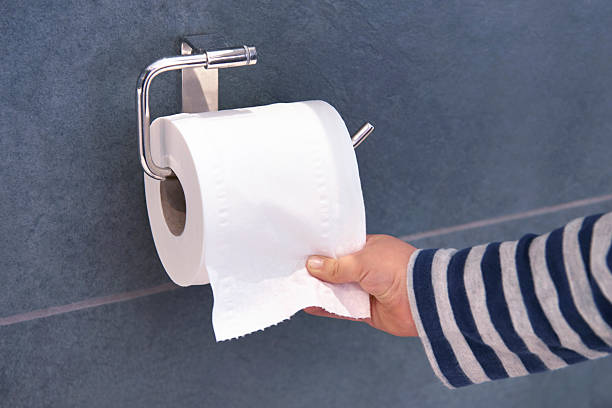
Prior to the invention of toilet paper rolls, people mostly utilised whatever was accessible and cheap for hygienic practices. Hardwood shavings, grass, boulders, maize husks, and sometimes even broken anchor wires were among the uncomfortable possibilities. The ancient Greeks and romans split a towel on a pole that was submerged in a pail of saline water. Among the less unpleasant (and possibly hygienic) choices included twigs, cloths, lichen, and scraps. Rich individuals frequently wore cashmere, silk, or even other textiles.
Apparently, the origin of toilet paper may be traced back to a Chinese emperor who was using 3 foot by 5-foot scraps of paper in mediaeval China. Ever since, papyrus has been utilised for restroom purposes for long periods of time. News article was frequently to use as toilet paper from soon as newspaper was widely accessible in the late fifteenth century. Americans utilised The Old Landowner’s Annals and the Roebuck & Sears catalogue in more modern years. In reality, the book was constructed with a loop in the middle so that it could be readily put up in the outbuilding, as can be seen in photographs of the Calendar from the mid – nineteenth century. About that created the first toilet paper that was manufactured for sale in 1856. Every page of the paper bore his name, which was moistened with Vera. It was marketed as a medicinal item with the benefit of preventing ulcers.
Nevertheless, the mass manufacture of toilet paper proceeded, and in 1872 Zeth Wheeler invented the punctured rolls that are still in use today. Since Scotty label toilet paper sheets were distributed to motels and medicine shops, they became widely used starting in 1890. Since Americans at the time were ashamed by their own biological functions, most people felt awkward purchasing the merchandise. In reality, toilet paper was so full with shards that it was almost unpleasant until the early 1900s.
In the 20th century, bathrooms and central heating became increasingly widespread, forcing Americans to cope with their problems and purchase toilet paper that wouldn’t block systems or harm them. Another significant development inside the toilet paper market occurred in 1929 with the introduction of Charmin toilet paper by the Homberg Print Shop, which also gave it a feminine emblem and promoted its gentleness rather than its function. Because of the item’s enormous popularity, toilet paper swiftly stopped being a luxury item exclusively available to kings or the extremely affluent and started to become a need.
A sort of dinnerware and a disposable food container is the disposable paper cup. Paper cups, wine glasses, and ceramic mugs are all examples of discarded cup kinds. Polypropylene cups are constructed of polypropylene, whereas foam cups are made of expanded polystyrene.
A study shows that polycarbonate disposable paper cups emit microscopic plastic particles, toxic particles, and heavy metals into liquid after being exposed to boiling water for fifteen minutes.
Drinking hot liquids from certain paper cups might cause the consumption of these toxins, boosting the risk of contracting cancer, neurodegenerative disorders, and even pregnancy complications.
